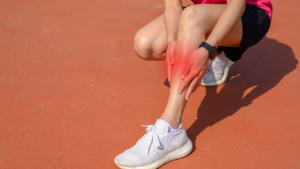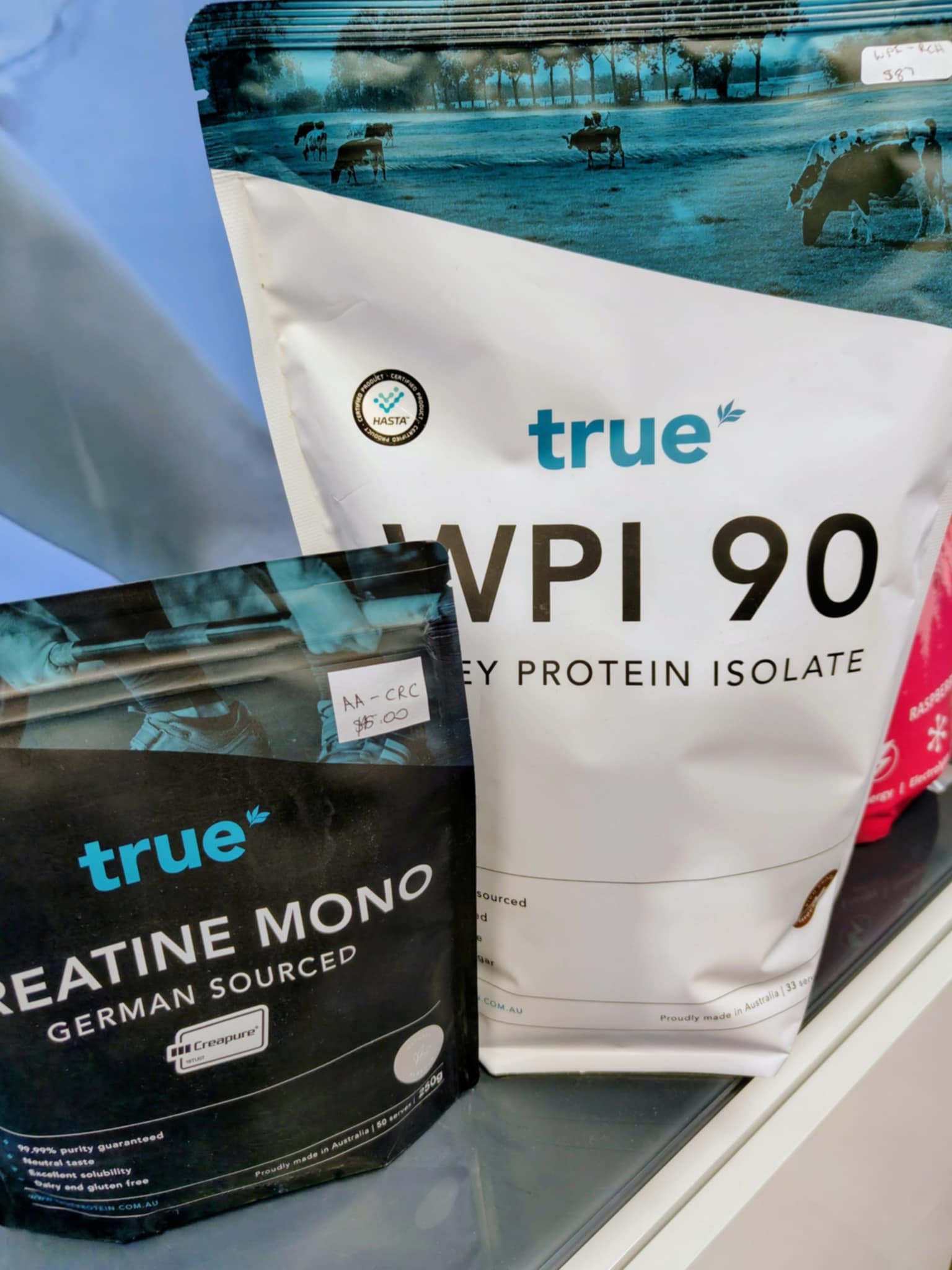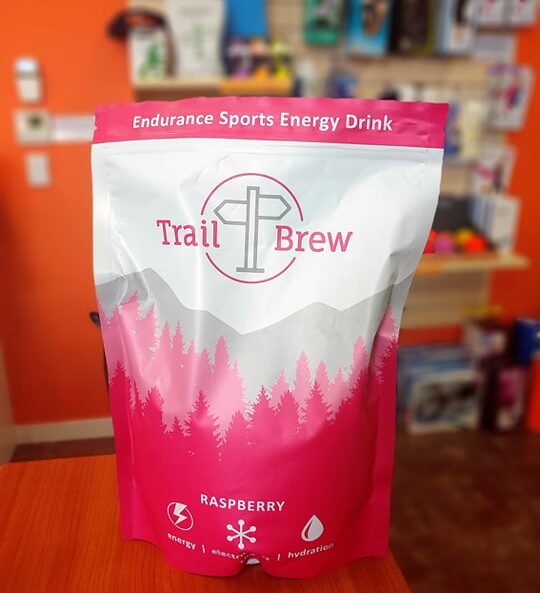By Physio Rob Taylor
 Shin splints is a term that is used to describe pain on the inside of the shin, usually caused by running and sports that involve running (such as rugby or soccer). We find that many of our clients ignore and pass off shin pain until it becomes bad enough that it interferes with training and competition.
Shin splints is a term that is used to describe pain on the inside of the shin, usually caused by running and sports that involve running (such as rugby or soccer). We find that many of our clients ignore and pass off shin pain until it becomes bad enough that it interferes with training and competition.
Shin pain can actually be due to a number of reasons, each requiring a different treatment and management approach before you would be able to return to normal training and competition.
There are 3 main conditions that are commonly referred to as shin splints these are:
- Medial (inside shin) tibial stress syndrome (MTSS)
- Bone Stress fracture
- Compartment syndrome
All three conditions are usually brought on by sudden increases in training and running load, without adequate rest periods between sessions. In addition, Running technique and how your body absorbs and reacts to the ground reaction forces form running is likely the major cause related to the onset of shin splints.
The most common of these 3 conditions causing shin pain is called Medial tibial stress. MTSS is the most commonly referred to as shin splints. It is characterised by:
- Pain on the inside of the shin bone.
- Pain and symptoms being worse on starting training, with the pain lessening as you get warmed-up and progress through training and then a return of symptoms after exercise or the next morning. As the condition worsens, pain usually last longer into your training sessions and increases with exercise until it impacts on the amount of training and playing you can do
- Pain usually settles with rest initially but as the condition worsens, it may be painful the next morning after training and/or just walking around
- Treatment consists of modifying load (training), correction of biomechanical issues, stretching particular muscles (including good prolonged calf stretching on a calf wedge – see photo) , often massage and calf and foot strength exercises & most definately progressive Calf strengthening exercises.
- Physio plays an important role in helping you with all these treatment factors, in particular normalising your soft tissue tone (massage, dry needling or other techniques), giving you advice on training load, changing your running technique and providing exercises specific to you.
Stress Fractures are a less common but more serious problem that can occur in the shin. It is characterised by:
- Pain that worsens with activity, to the point that even walking hurts
- Pain particularly with hopping, jumping landing
- Pain at night/rest
- As the condition worsens swelling can occur over the site
- Usually requires a scan such as MRI to confirm the diagnosis, especially in more severe cases as this will guide the period of rest/reduced load
- A period of rest is usually required depending on the severity. This may be rest from running, or in more severe cases, a period in a walking boot and crutches may be necessary.
- A graded return to running program is essential to maintain load and prevent a reoccurrence of the condition.
- Treatment will consist again of advice around the time off running, correction of biomechanical issues, strength exercises in calves and other lower limb muscles, and most importantly, a specific guided return to your activity and running program.
Compartment syndrome is an unusual condition where swelling occurs between the layers of muscle in shin. It is characterised by:
- Swelling/tightness in the front, back, inside or outside of your shin that worsens with activity, in more severe cases a dead foot or pins and needles can occur
- The symptoms quickly disappear after stopping exercise
- Treatment of compartment syndrome involves soft/deep tissue therapy (dry needling can be particular effective) and correction of biomechanical issues (such as flat feet) and running technique to reduce the forces the muscles are required to generate when running . In severe cases, surgery may be indicated to release the pressure in the fascia tissue surrounding the muscles.
To find out more about correct running programs, running technique, foot mechanics, calf & other muscle strength exercises or general questions about leg and foot strength and shin pain, come and see one of our physios at Gold Coast Phsyio & Sports Health, ph 07 5500 6470 or Book Online
or join us at our Learn to Run/Run Technique session to help correct your Run technique to eliminate your shin pain AND make you a better runner.

































